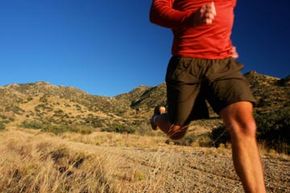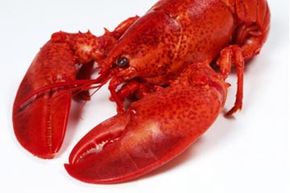It seems counterintuitive that sunshine should damage people's DNA, considering we've passed our entire evolutionary tour de force happily bustling away with it beaming down on us. But without the proper protection, spending lots of time outside scoring a tan can have some serious consequences down the line.
Experts recommend slathering on a liberal dose of sunscreen about 30 minutes prior to setting out, and not just on sunny days -- ultraviolet (UV) rays are a menace even when it's cloudy. Unfortunately, if someone's planning to spend more than about two hours outdoors, that one application isn't going to cut it. Sunscreen starts to wear off after a while, and any swimming, sweating or toweling only exacerbates the issue.
Advertisement
Likely motivated by memories of particularly painful sunburns, people started cooking up commercial methods to block the sun's penetrating rays. Originally, this effort focused solely on the UVB part of the spectrum, but now sunscreens frequently protect against UVA wavelengths as well. (There are also UVC rays, but thankfully those aren't an issue -- they get scattered in the atmosphere.)
Seeking ways to further improve secret formulas, chemists started finding new ingredients to increase their products' effectiveness. Initially, sunscreens simply threw up a physical barrier that reflected or scattered incoming sunshine. Nowadays, however, some offer chemical protection instead, meaning they actually absorb sunlight before it infiltrates the skin.
In addition to getting a broad-spectrum sunscreen that's rated SPF 15 or greater, experts say it's a good idea to choose one that's labeled water-resistant or sweat-resistant too. Be wary of products claiming to be completely water-proof or sweat-proof, though -- if you see that on the side of a bottle of sunscreen, you can safely assume it's not true. No sunscreen is 100 percent impervious to the power of a good sluicing.
That being said, some sunscreens are definitely better at withstanding exposure to water or sweat than others. On the next page, we'll take a closer look at how they manage it, and how well they hold up.
Advertisement


